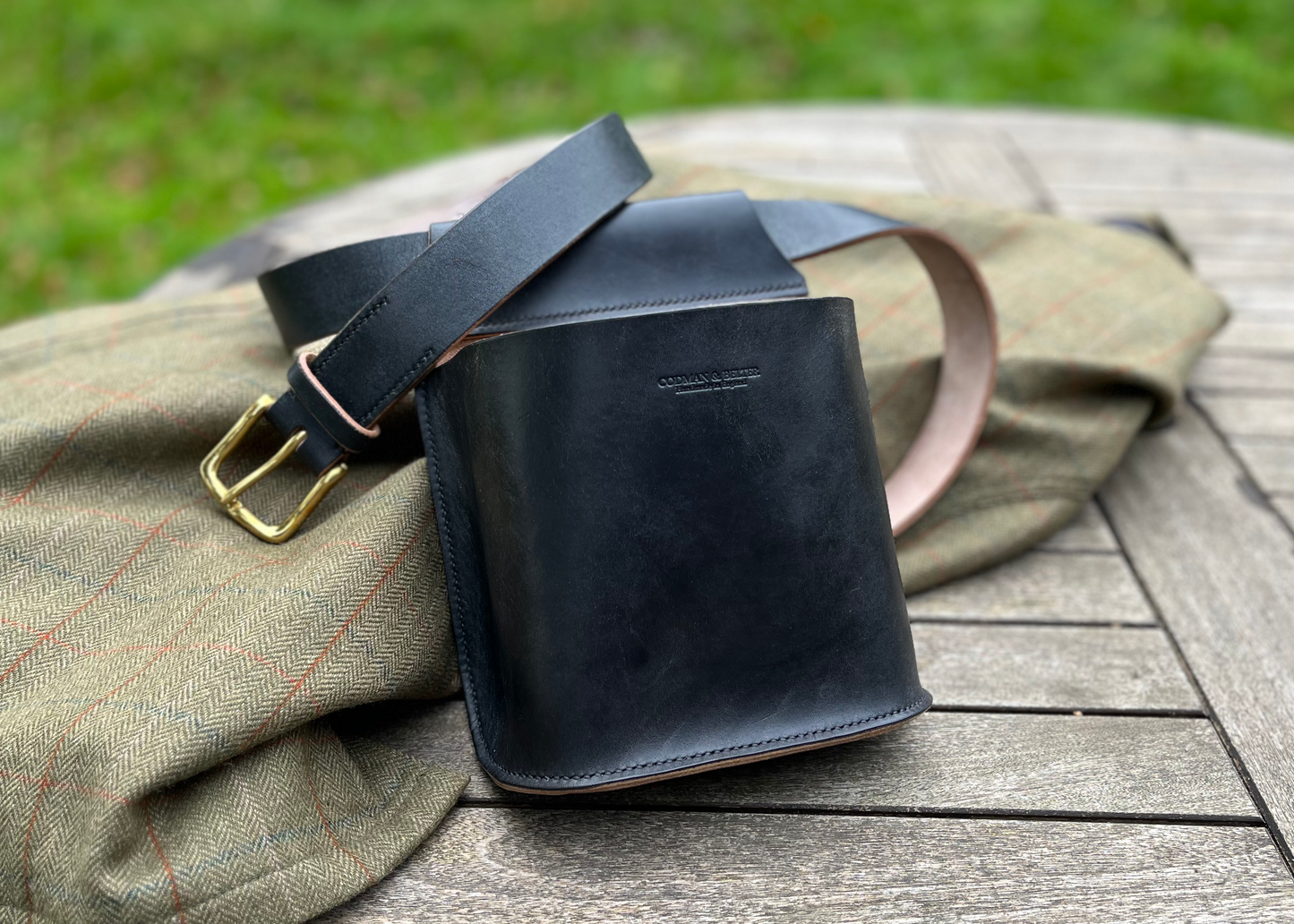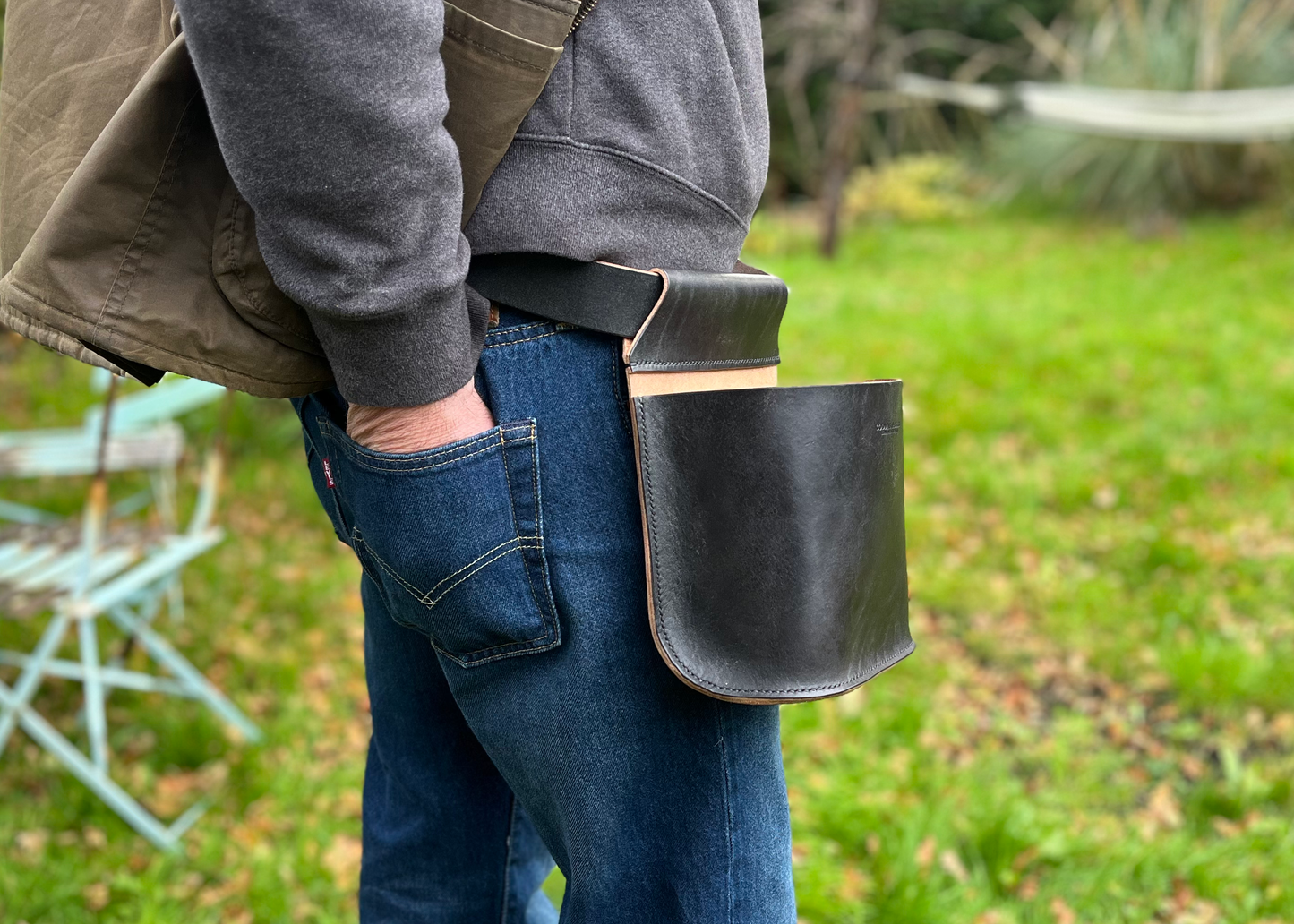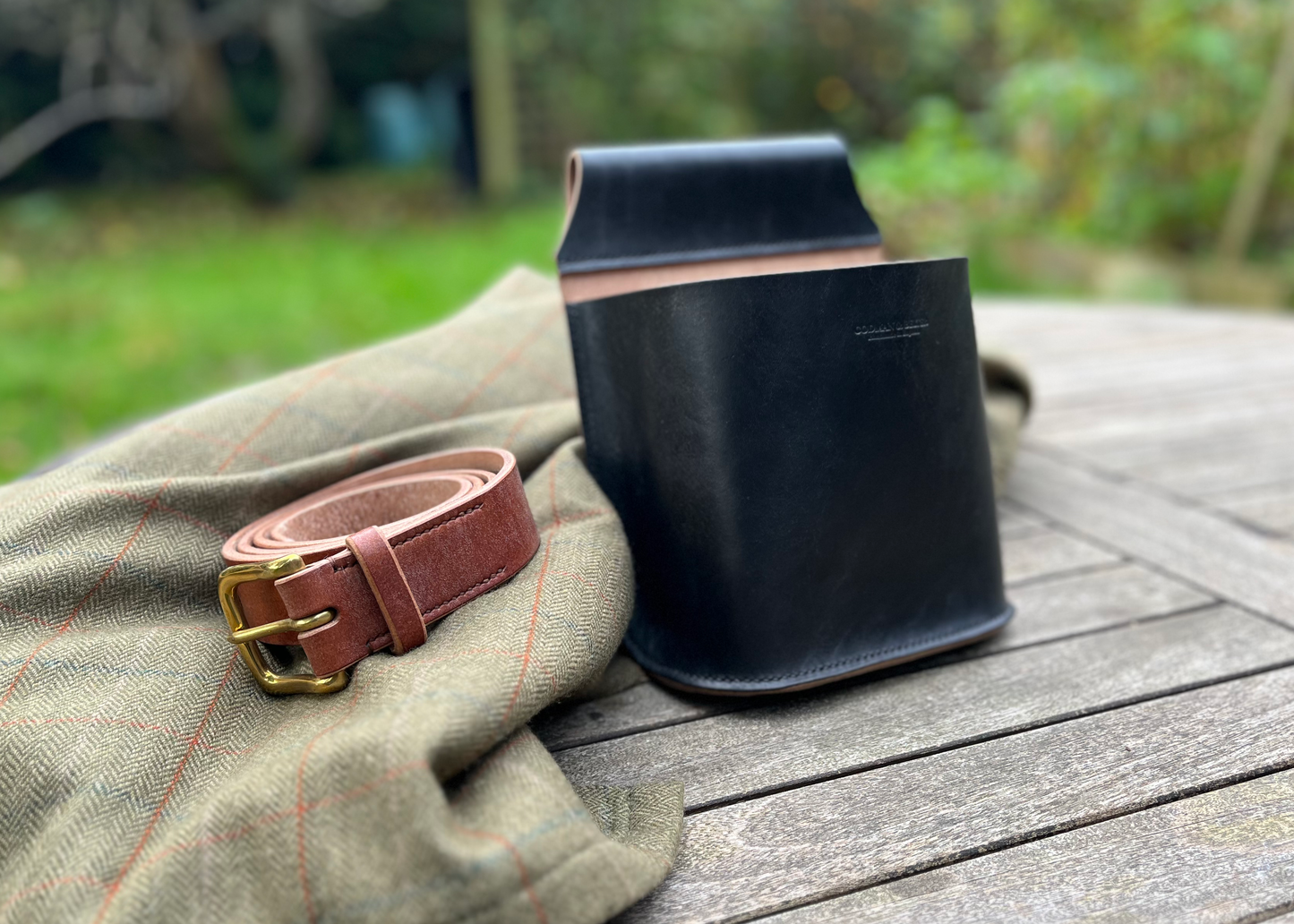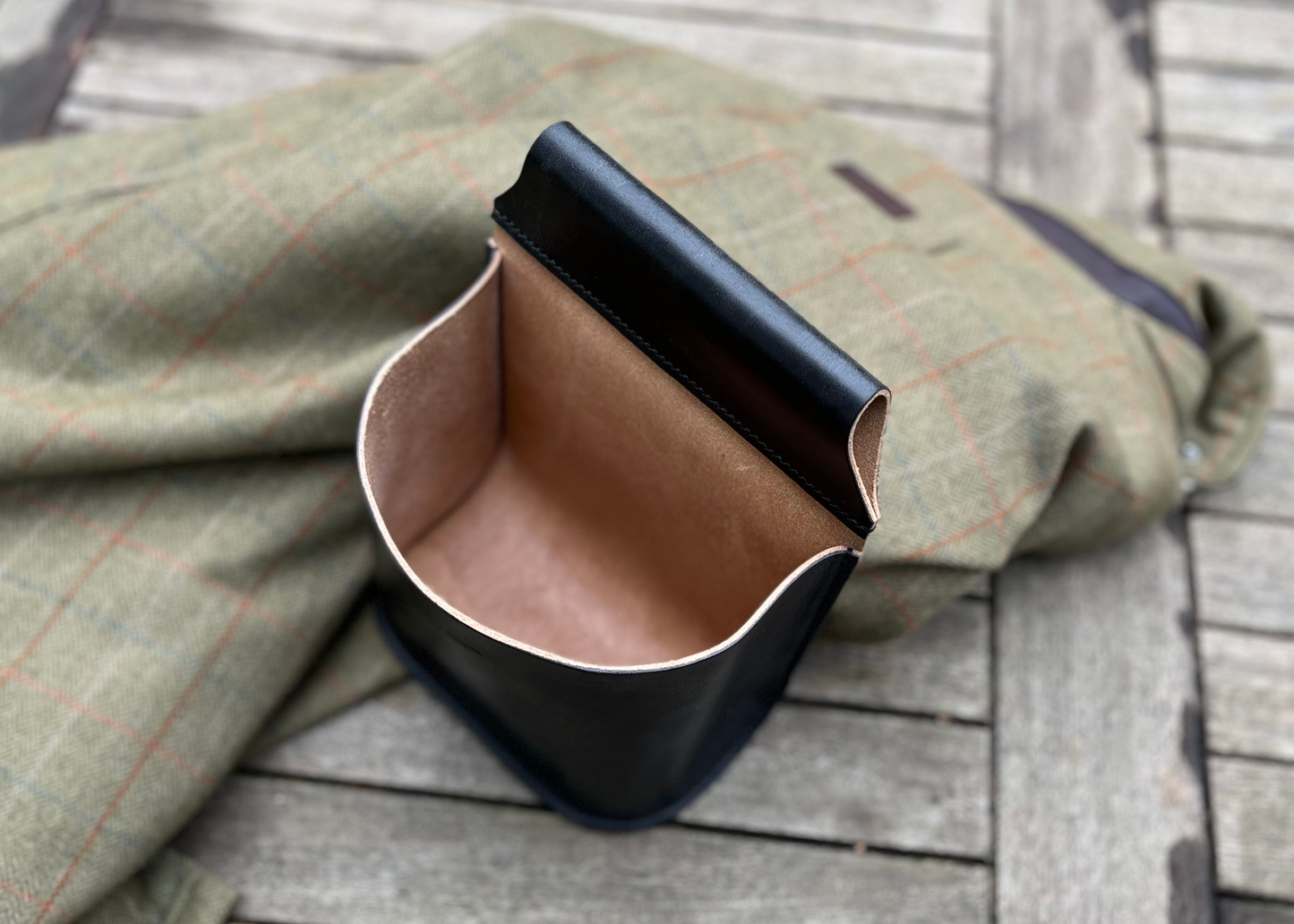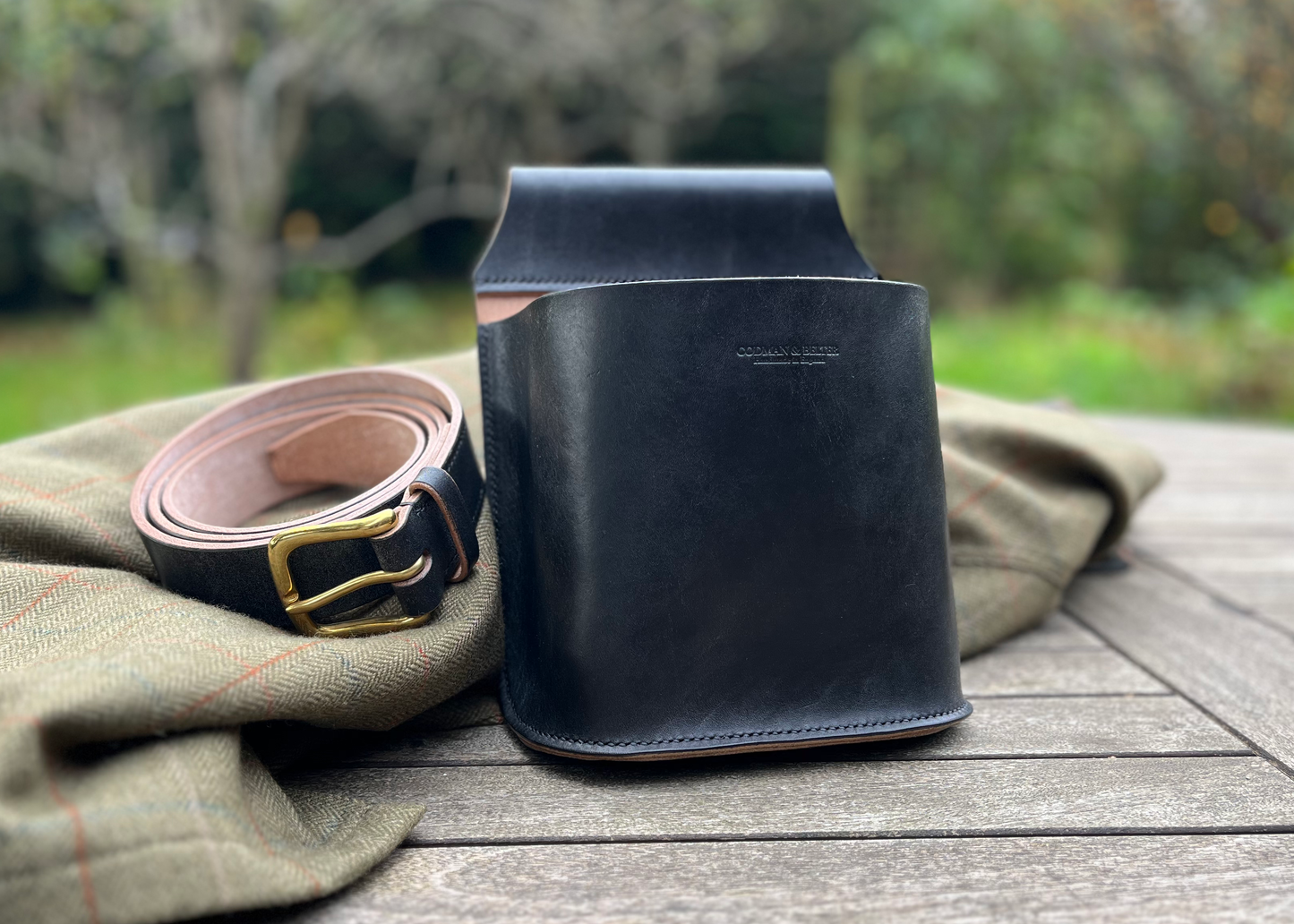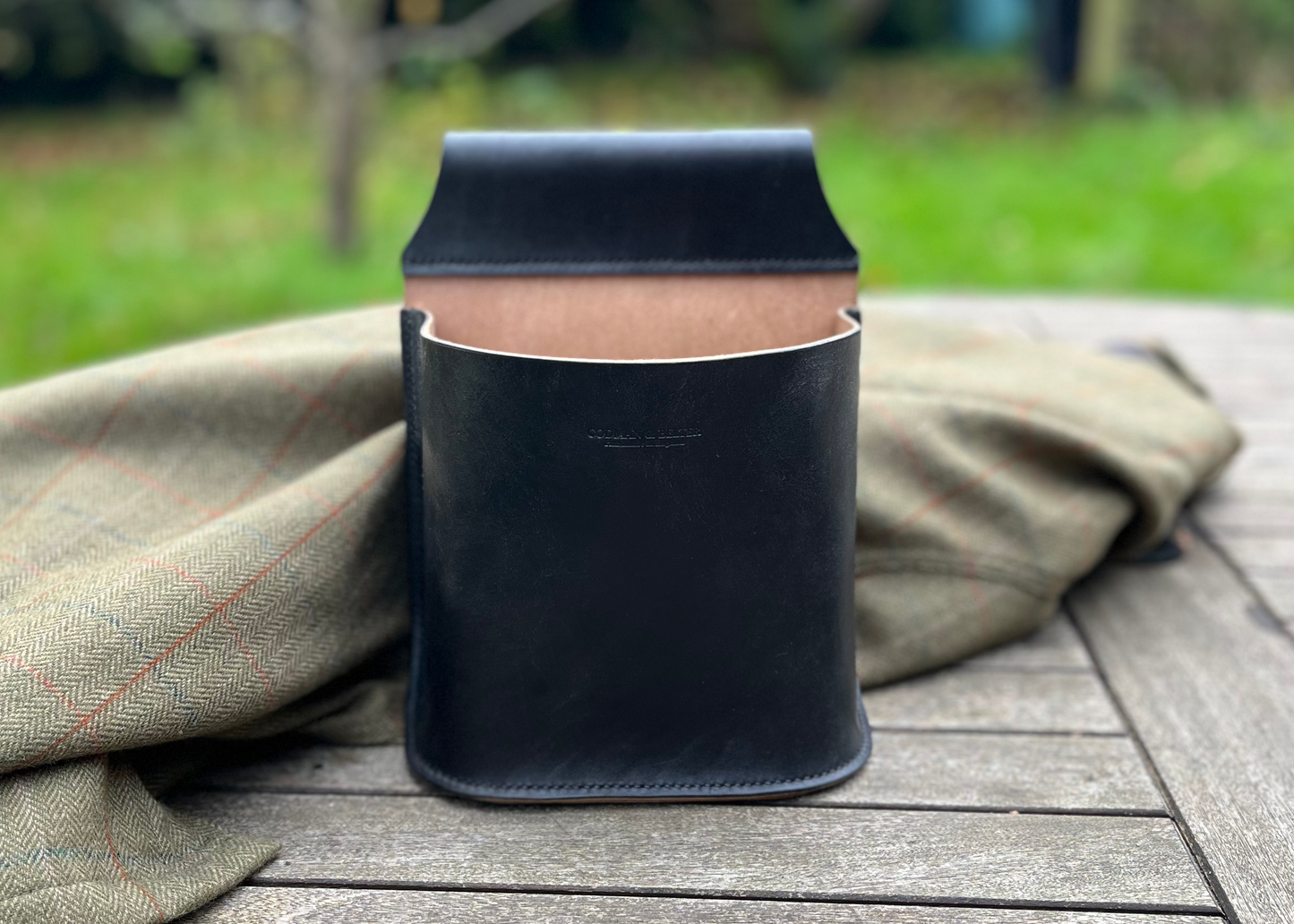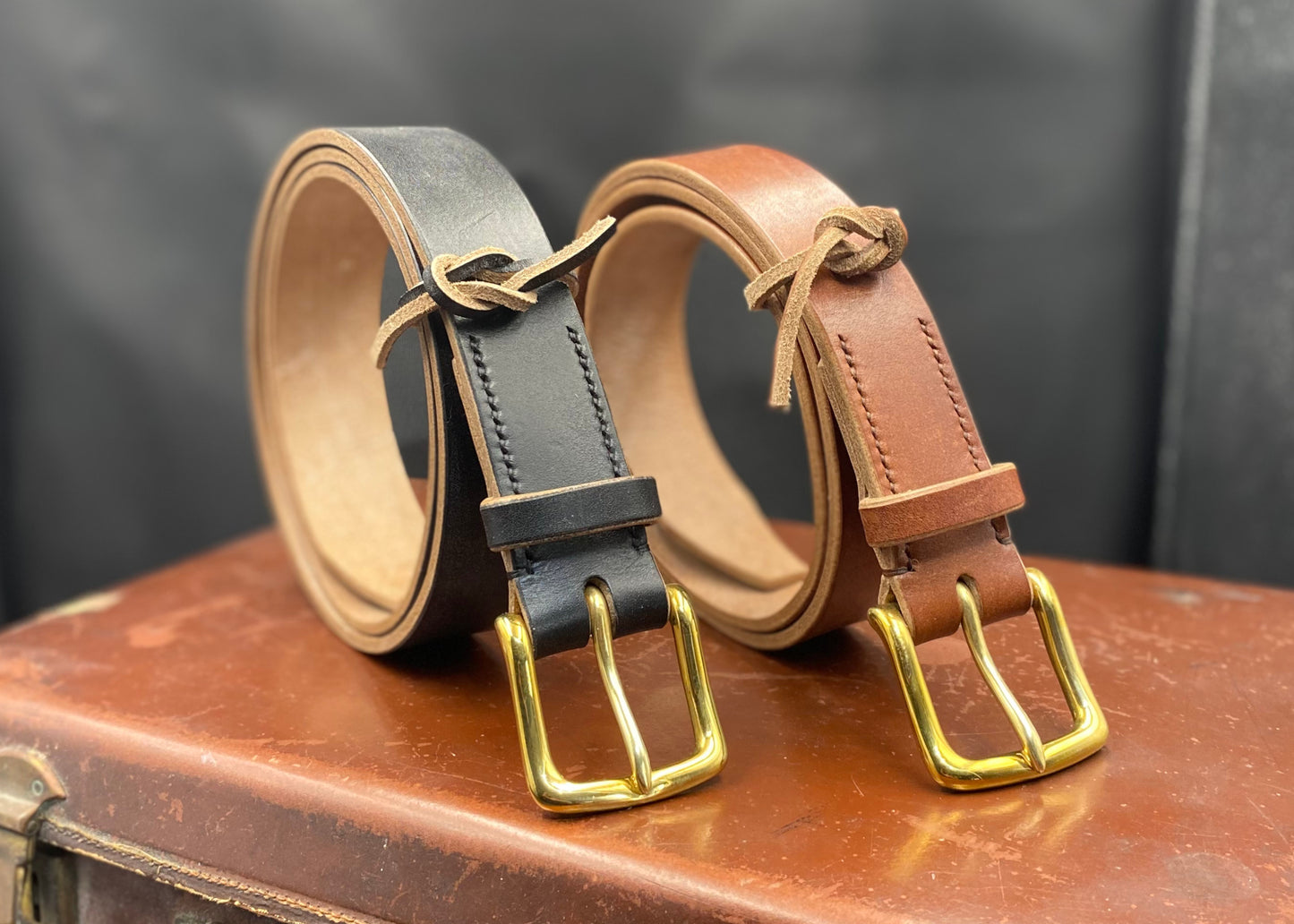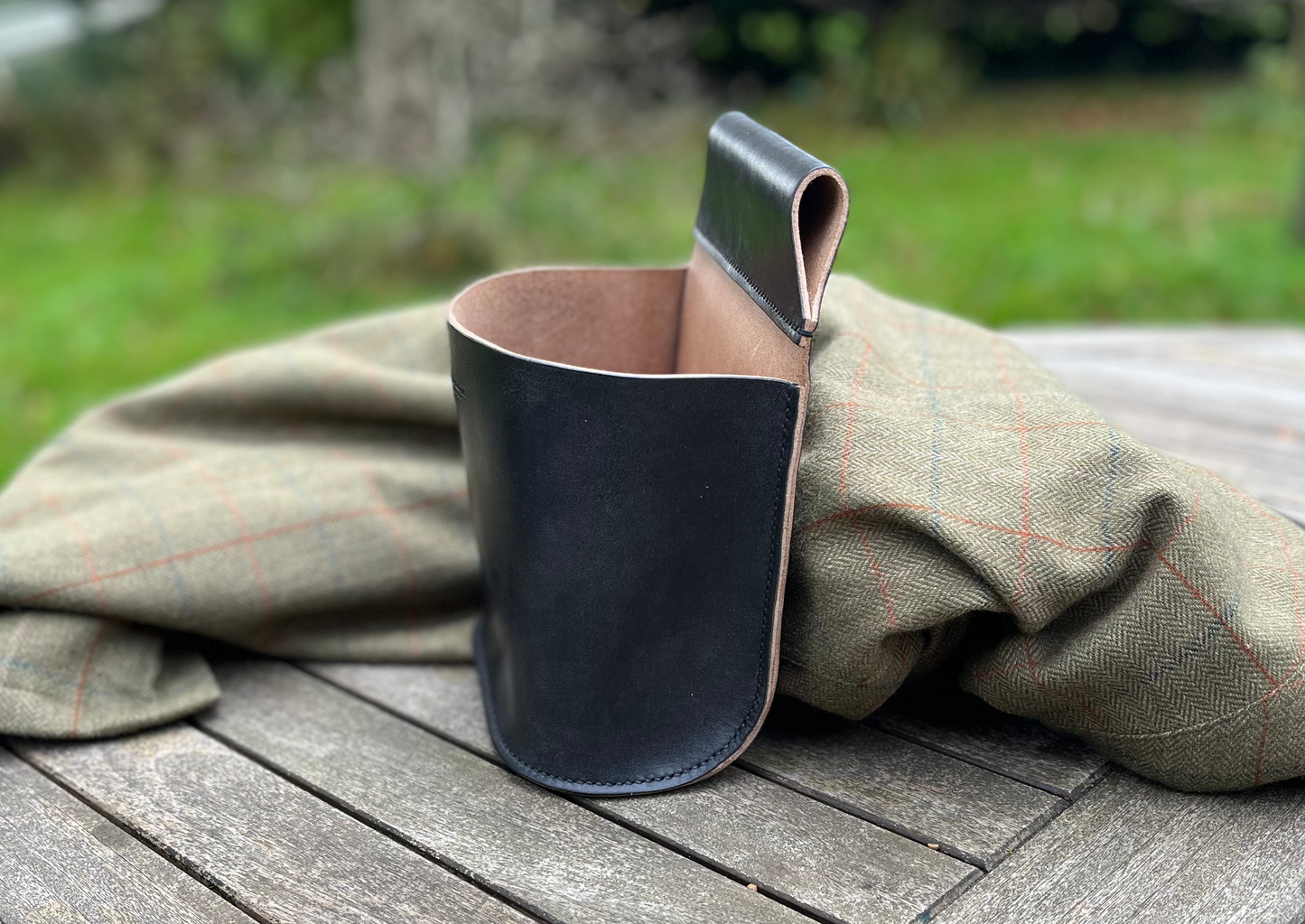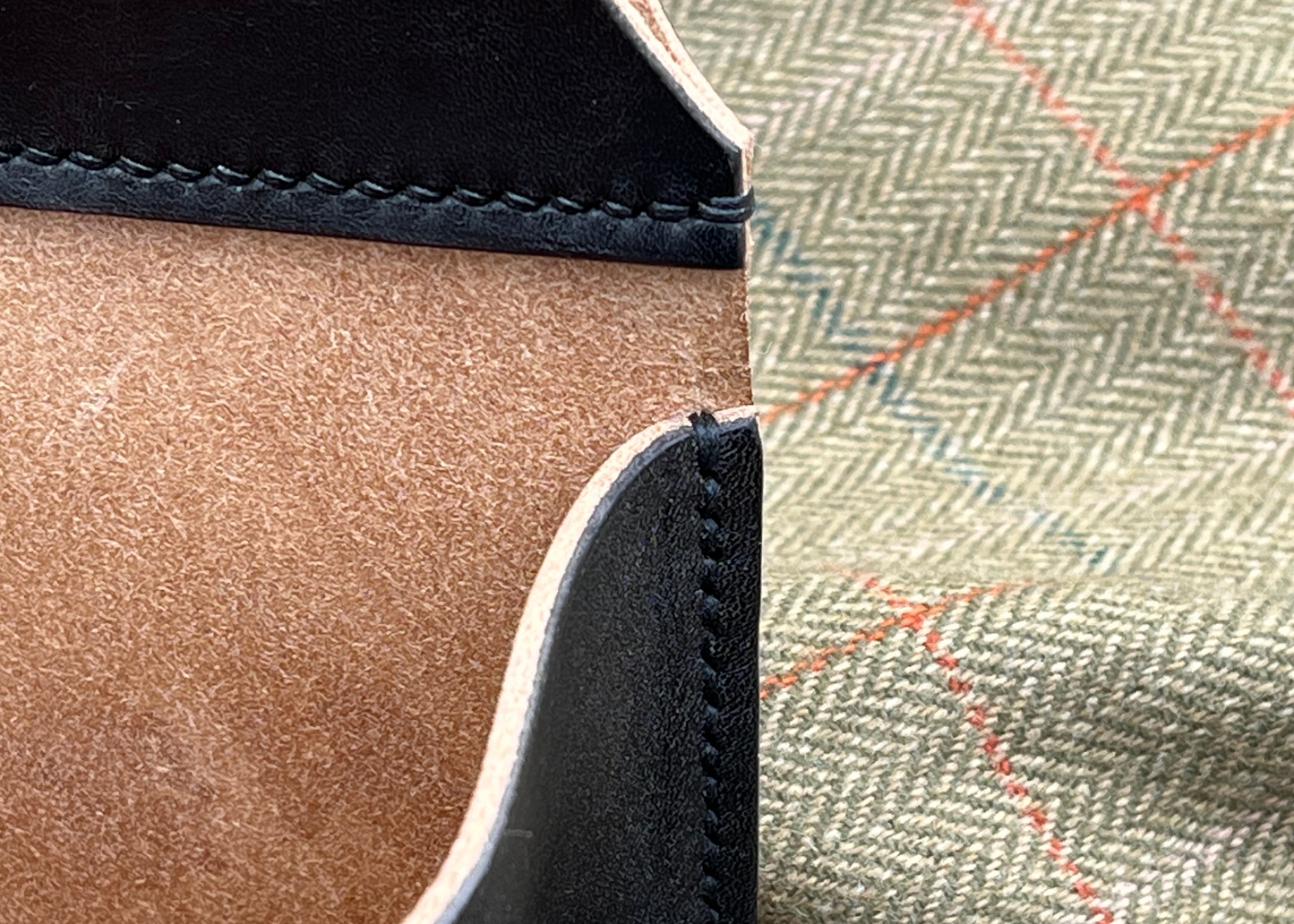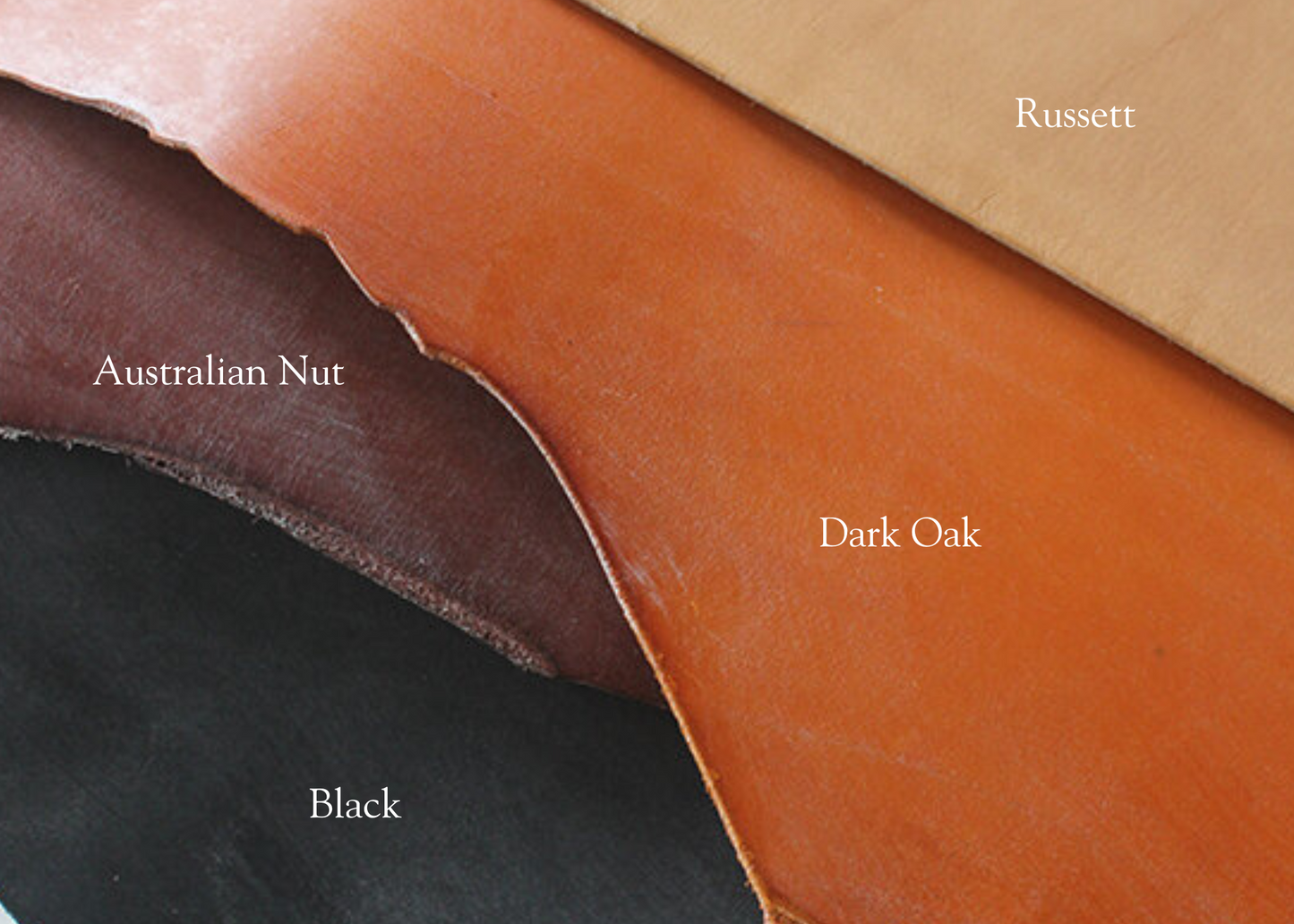Earlier this year, I attended the ‘Business for Creatives’ course at Bayes Business School, and it confirmed something I already suspected - I needed to put a lot more work into my business and not just the products I make. I’ve been making things—belts, bags, leather goods—by hand, with care, for years. But I’d never properly mapped out what my business actually looked like under the hood. I had intuition, I had passion, I had product—but I lacked structure.
So I turned to something unexpected: ChatGPT.
This wasn’t a gimmick or some AI-fuelled fantasy. I used ChatGPT the same way you’d use a well-informed, slightly obsessive strategist: to dig into my business, question my assumptions, and help me build a clear, sustainable path forward.
Step 1: Plotting the Existing Business Model
I began by asking ChatGPT to help me visualise my current business model using the Business Model Canvas—a tool that breaks your business down into nine panels: customer segments, value propositions, channels, resources, and so on.
ChatGPT asked all the right questions. Who am I selling to? What am I offering? What tools am I using? Where is the money coming from? What’s costing me the most?
Within minutes, ChatGPT produced a surprisingly accurate breakdown of Codman and Belter: a solo maker producing high-quality, British-made leather goods, sold mainly via Shopify and Etsy, with sporadic Instagram marketing.
Step 2: Getting Critical – Strengths & Weaknesses
I asked ChatGPT to critique my model. No ego, no sugar-coating.
- Strengths: craftsmanship, provenance, product integrity.
- Weaknesses: limited visibility, inconsistent marketing, no email strategy, underused customer loyalty.
Brutal—but accurate. And sometimes, that’s what you need: a second pair of (machine) eyes to help you see the truth.
Step 3: Defining Where I Want to Go
I knew I wanted Codman and Belter to evolve into a British heritage leather brand, rooted in provenance, craftsmanship, and storytelling. I wanted to:
- Use only UK-produced, traceable, sustainable leather
- Celebrate my sourcing story
- Launch seasonal product drops
- Grow an email list and deepen loyalty
- Create digital products (care guides, tutorials)
I'm already using J&FJ Baker of Colyton for oak bark tanned leather, and I'm exploring British Pasture Leather, which works with native-breed hides tanned by Thomas Ware & Sons in Bristol. These suppliers reflect my values: transparency, traceability, and tradition.
Step 4: Creating a Revised Business Model
With that direction, we rebuilt the Business Model Canvas as the brand I want to become:
- UK sourcing of leather and hardware became core, not a feature
- Product lines were tightened and focused with seasonal drops and gifting bundles
- Marketing channels shifted from scattergun Instagram to a planned mix of Shopify, email, and Pinterest
- New revenue streams were introduced (e.g., digital downloads, care kits)
It was like rebuilding the same vehicle with a better engine and a clearer map.
Step 5: Building the Roadmap
I asked ChatGPT: "How do I get from where I am now to this future business?"
It built a complete four-phase action plan:
- Foundation: Audit suppliers, build brand story, update Shopify
- Visibility: Launch email marketing, plan Pinterest and Instagram, refine product line
- Growth: Launch limited collections, deepen engagement, share more behind-the-scenes
- Expansion: Launch digital products, explore collaborations, scale packaging and fulfillment
I even got a 30-day checklist to follow.
The Tools I’m Now Using
To help me deliver the plan, I now use:
- Notion – To track phases and tasks
- Shopify – My primary sales channel
- Flodesk – Email marketing with great design
- Canva – For social posts, guides, packaging inserts
- ChatGPT – For strategy, content, and accountability
How You Can Do This Too (and Why You Should)
If you’re a craftsperson running a small business, you can do exactly what I did. All you need to do is tell ChatGPT:
- Who you are, what you make, and how you sell
- What’s working and what’s frustrating you
- What success would look like for you
Then ask it:
- “Create a Business Model Canvas based on my current business”
- “Analyse its strengths and weaknesses”
- “Help me define a better version of this business”
- “Build me an action plan to get there”
That’s exactly what I did. The results were transformative.
To make this so much easier for you, I've created a custom GPT that will guide you through the process. Fire it up and start a conversation. The result will surprise you and hopefully provide you with insights about how you can improve your business.
Link here - Custom GPT for Craft Business Strategist
Final Thoughts
The Bayes course gave me the mindset. ChatGPT gave me the framework. And together, they’ve changed how I think about Codman and Belter—not just as a craft brand, but as a business with a clear, ethical, and exciting future.
If you’re running a creative business, and you’re stuck or unsure what to do next, I hope this gives you a path forward.
Remember: the tools are there to support you—but the work, the vision, and the cut are still yours to make.
*Authors Note
If you're wondering how I got such a specific and relevant business model out of ChatGPT, here’s the truth: it only worked because I fed it honest, detailed information about my business. The analysis of Codman and Belter wasn’t based on guesswork — it was grounded in the realities of how I work, what I sell, and the values I care about.
I shared that I was a solo maker using traditional methods, that I used UK-sourced leather from J&FJ Baker, that I sold on Shopify and Etsy, and that I cared deeply about provenance and sustainability. That context let ChatGPT build a business model that reflected my actual world — not some idealised, abstract one.
If you’re a maker or small business owner and want to do the same, the key is to share specifics: your current setup, your pains, your aspirations. The more open and precise you are, the more valuable the responses will be.
Good Luck!



